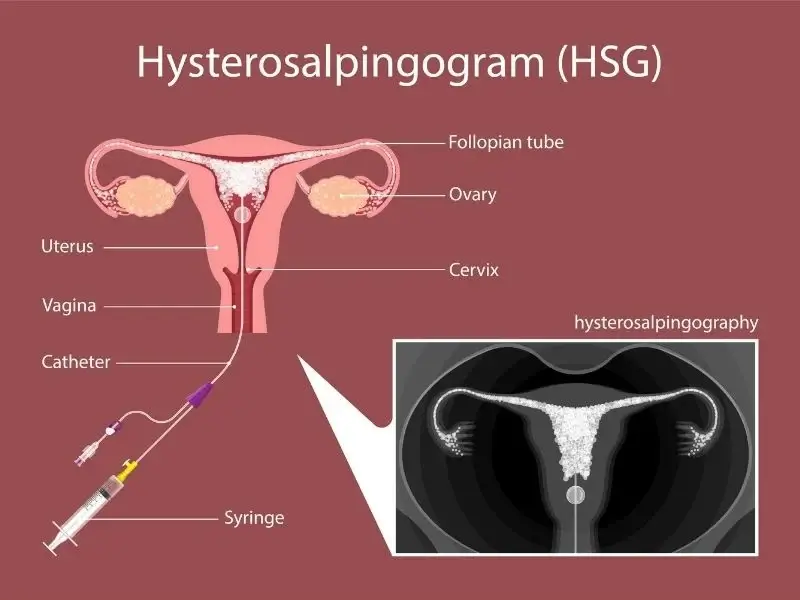
For couples struggling with fertility issues, understanding the factors that may be hindering conception is crucial. One diagnostic tool that has proven to be essential in fertility evaluations is the Hysterosalpingogram (HSG). In this blog post, we will explore what an HSG is, how it works, and why it is a vital component in assessing fertility.
A Hysterosalpingogram, commonly known as HSG, is a diagnostic procedure used to examine the uterus and fallopian tubes. It involves the injection of a contrast dye into the uterus and fallopian tubes, followed by X-ray imaging. This procedure provides valuable insights into the structure and condition of these reproductive organs.
During the procedure, a thin catheter is inserted into the cervix, and a contrast dye is gently injected into the uterus. As the dye flows through the reproductive organs, X-ray images capture the outline of the uterus and fallopian tubes. The images obtained help healthcare professionals identify any abnormalities, blockages, or structural issues that may be affecting fertility.
In the realm of fertility evaluations, HSG stands out as a valuable diagnostic tool that offers a comprehensive view of the reproductive organs. By identifying uterine and tubal abnormalities, HSG provides crucial information that guides healthcare providers in formulating effective fertility treatment plans. For couples on the fertility journey, understanding the significance of HSG can be a pivotal step toward unlocking the secrets to successful conception.
Our skilled fertility specialists are here to help. Contact us today and let’s discuss the next phase of your fertility journey.